Estes Park, Colorado Weather Cams
Estes Park, Colorado Weather Cams. See the latest conditions in Rocky Mountain National Park courtesy of the National Park Service including trail conditions.
Alpine Visitors Center
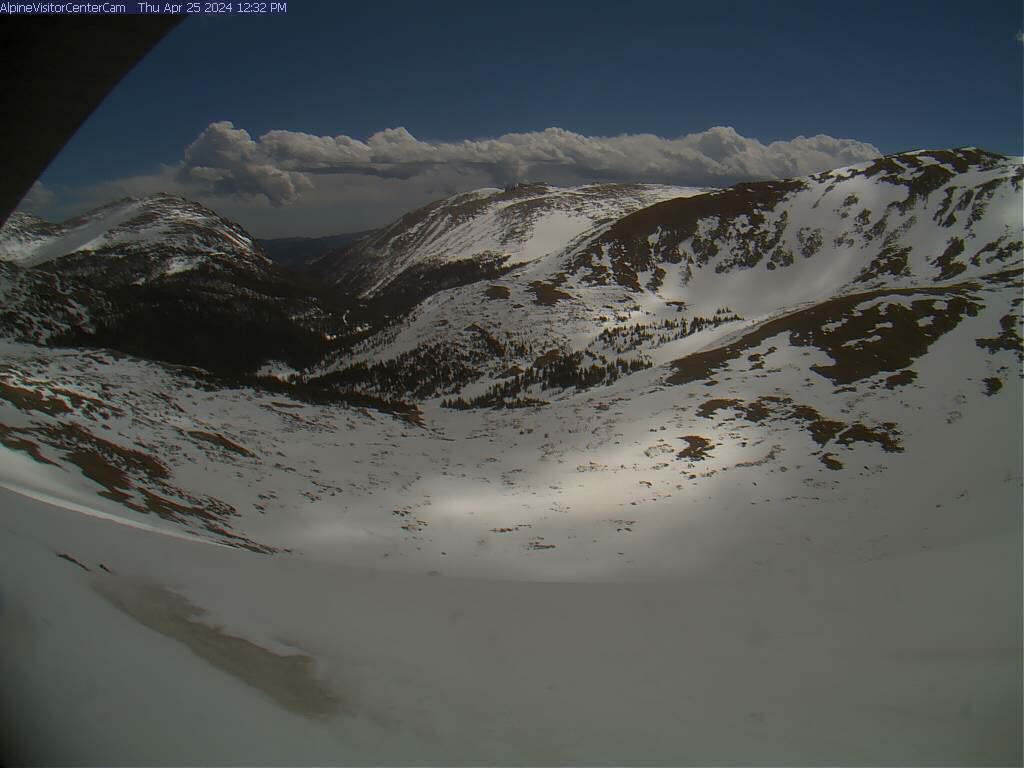
Kawuneeche Valley
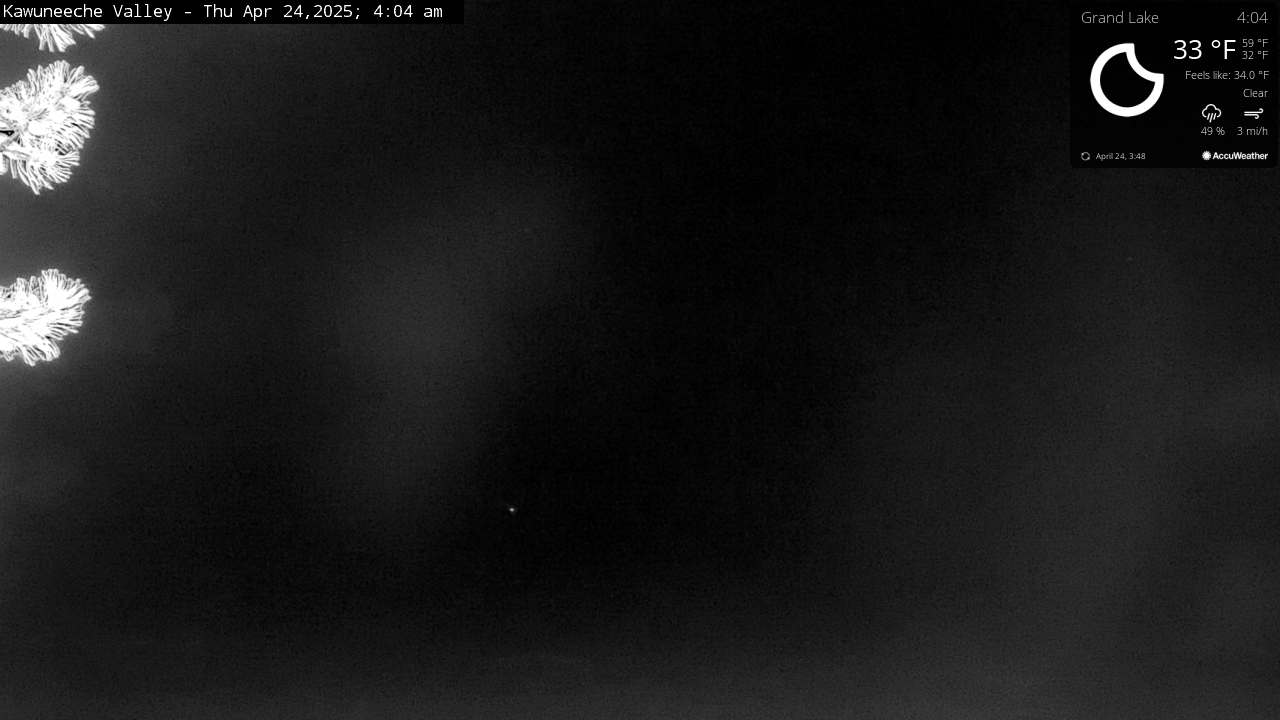
Estes Park Weather Cams: Glacier Basin

Longs Peak
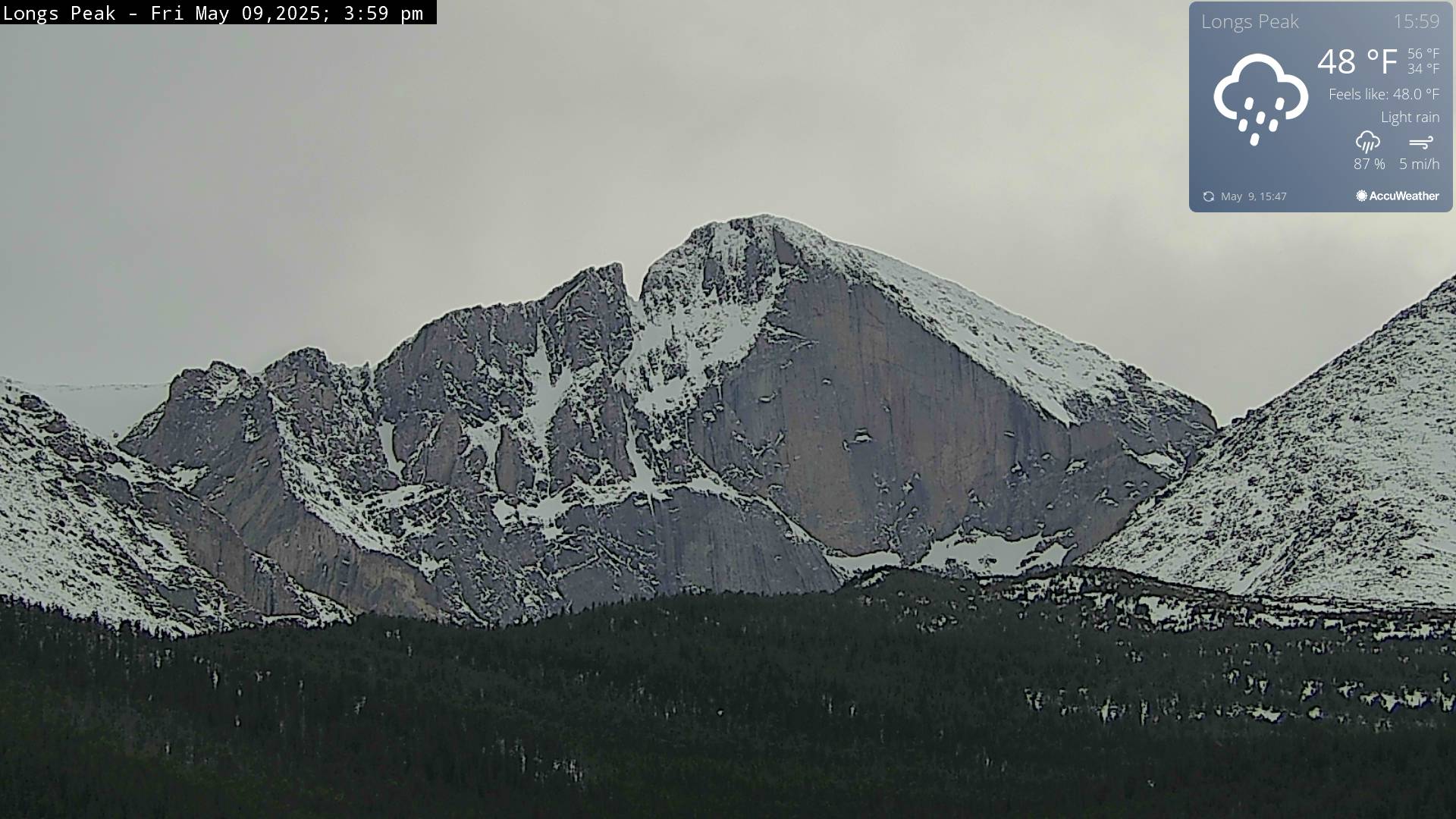
Beaver Meadows Entrance
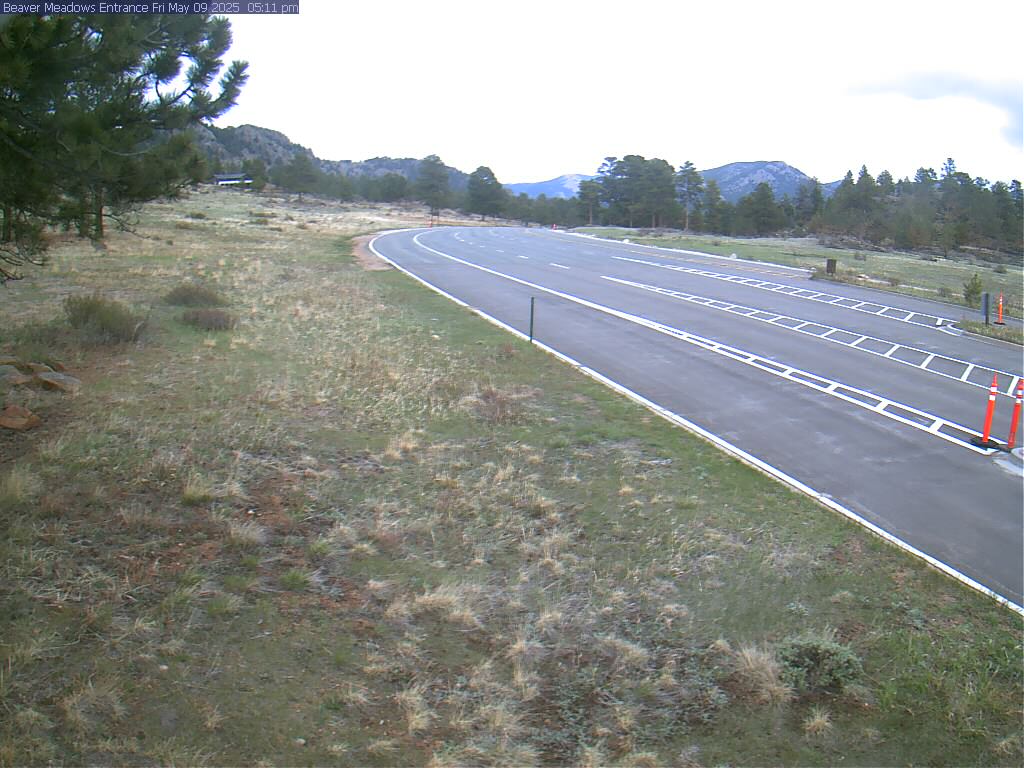
EstesParkWeather.net webcam
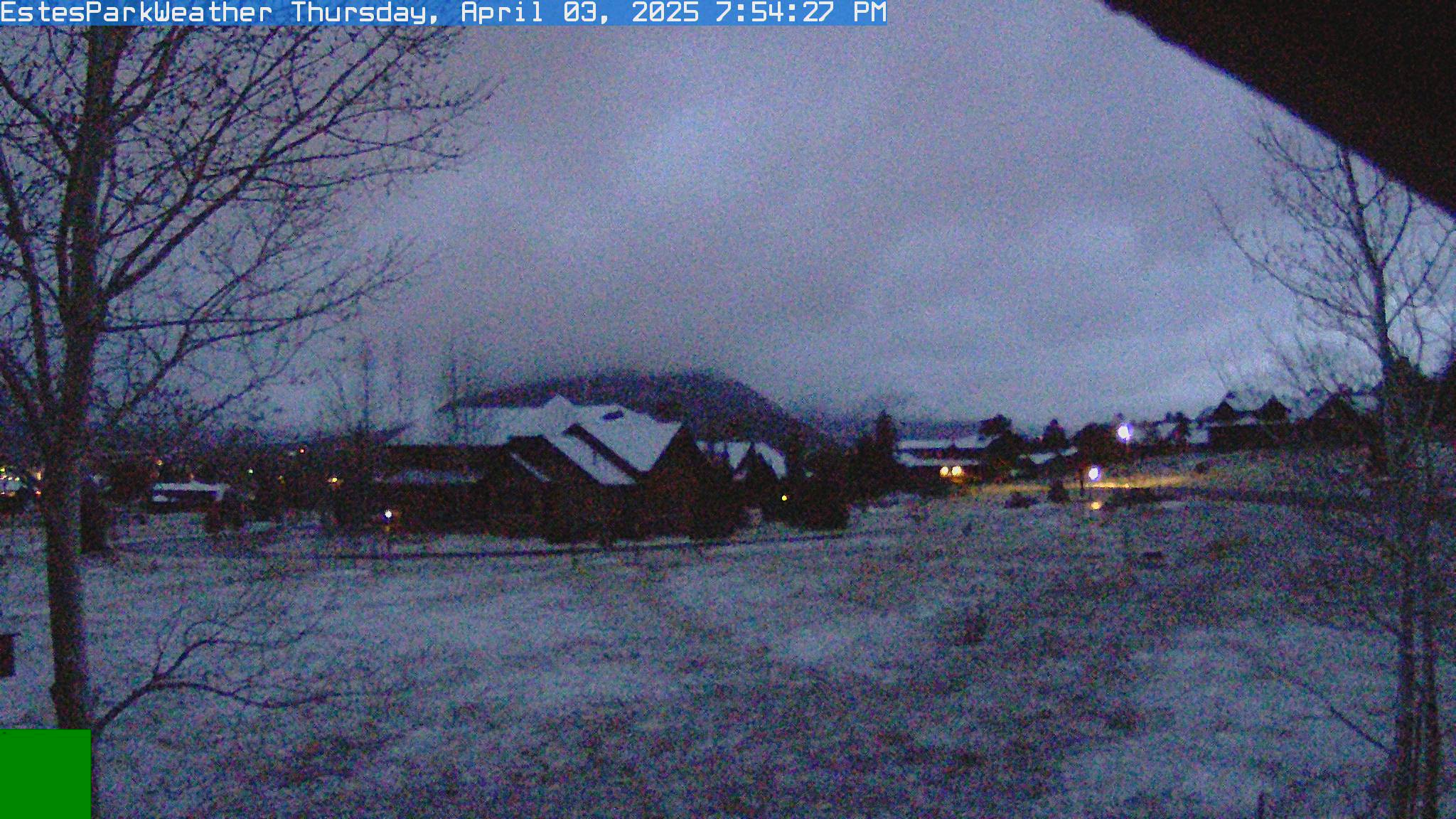
Awestruck Vacation Home
Ypsilon Vacation Home
YMCA of The Rockies-Snow Mountain Ranch Cam
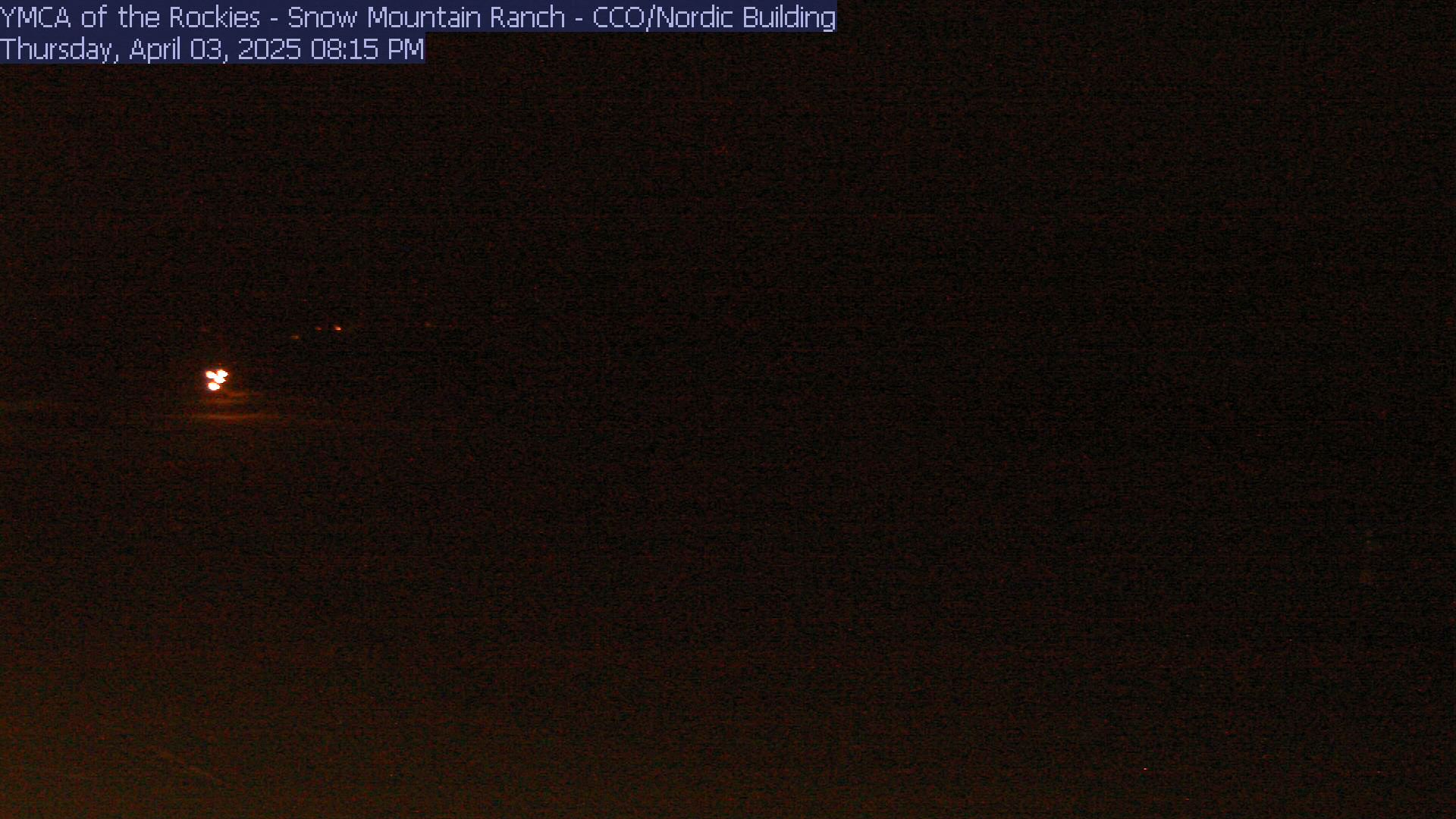
YMCA of The Rockies-Snow Mountain Ranch Program Building Cam
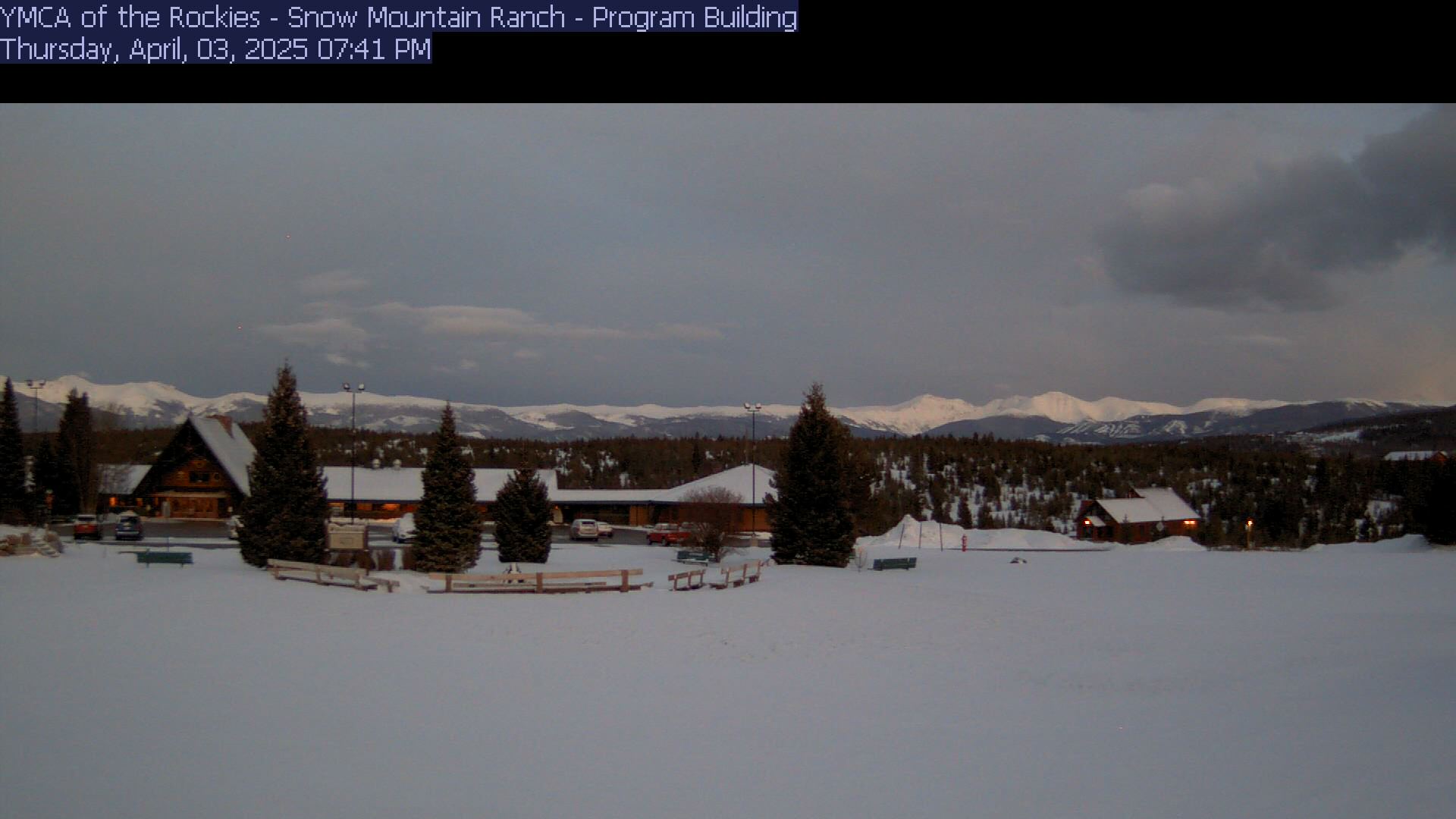
McGregor Mountain Lodge
YMCA of the Rockies (Admin Building)
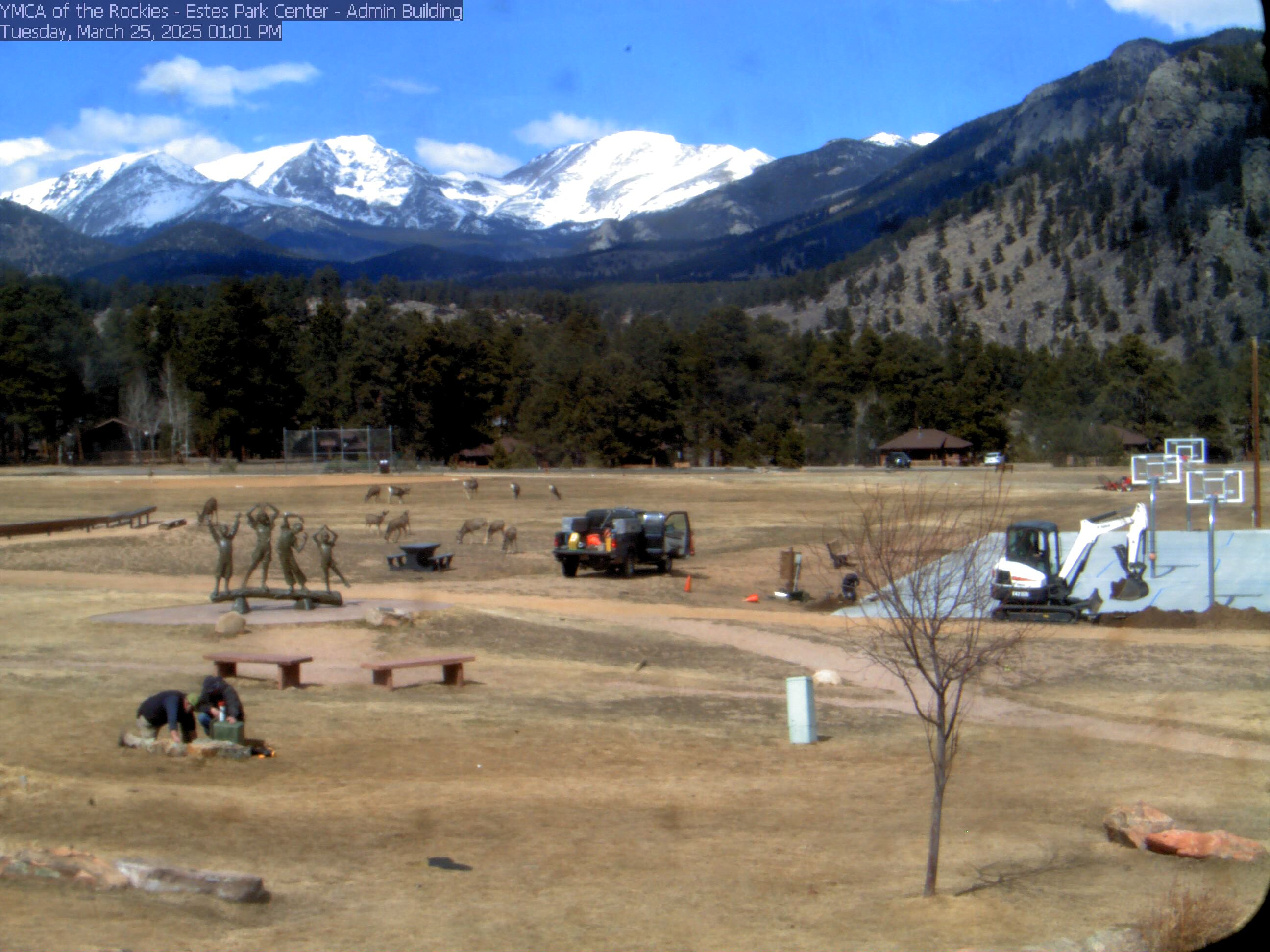
CR 43 Estes-Park Cam

Fish Creek-Road Estes-Park Cam

Estes Park, Colorado: A Gateway to the Rockies and a Legacy of Exploration
Estes Park, Colorado Weather Cams. Nestled in Larimer County, Colorado, Estes Park is a town with a rich history shaped by Indigenous cultures, early explorers, and the rise of tourism. As the gateway to Rocky Mountain National Park, Estes Park has long been a destination for adventurers, conservationists, and travelers seeking the beauty of the Colorado Rockies.
Indigenous Presence and Early Exploration
Humans have lived in the Estes Park region for at least 12,000 years. The Ute and Arapaho tribes spent summers in the valley, using its forests, rivers, and meadows for hunting and gathering. The Arapaho called the valley “the Circle”, reflecting its natural shape.
European exploration began in the early 19th century, with Major Stephen H. Long leading an expedition in 1820. Though he never summited Longs Peak, the mountain was named in his honor.
The Founding of Estes Park
The town is named after Joel Estes, a Kentucky-born adventurer who discovered the valley in 1859. He moved his family there in 1860, but found farming difficult due to the high altitude and short growing season. In 1864, William Byers, editor of the Rocky Mountain News, visited the area and named it Estes Park in honor of its founder.
The Rise of Tourism and Conservation
By the 1870s, Estes Park began attracting visitors. Griff Evans, a caretaker of the Estes homestead, built guest cabins, establishing the area’s first dude ranch. One of his guests, the Earl of Dunraven, attempted to buy the entire valley for a private hunting preserve, but local ranchers resisted his efforts.
In 1903, F.O. Stanley, inventor of the Stanley Steamer automobile, arrived in Estes Park seeking a cure for tuberculosis. The mountain air improved his health, and he built the Stanley Hotel, which opened in 1909. The hotel became a luxury travel stop and helped boost Estes Park’s reputation as a resort town.
The Establishment of Rocky Mountain National Park
One of Estes Park’s most influential figures was Enos Mills, a naturalist who advocated for the preservation of the surrounding wilderness. His efforts led to the creation of Rocky Mountain National Park, which was dedicated in 1915. The park’s establishment solidified Estes Park’s role as a gateway to outdoor adventure.
The Surrounding Area: Natural and Historical Landmarks
Estes Park is surrounded by breathtaking landscapes and historic sites, including:
- Longs Peak: A 14,259-foot mountain, one of Colorado’s most famous fourteeners.
- Lake Estes: A scenic reservoir offering boating and fishing.
- Olympus Dam: A key structure controlling water flow from the Big Thompson River.
Modern Estes Park: A Balance of Tradition and Tourism
Today, Estes Park remains a thriving mountain town, attracting visitors with its hiking trails, wildlife, and historic sites. The Stanley Hotel, famously linked to Stephen King’s novel “The Shining”, continues to be a major attraction.
With its rich history, stunning landscapes, and welcoming atmosphere, Estes Park remains a cherished retreat in the Colorado Rockies.
For more information, visit the Estes Park, Colorado official website.
